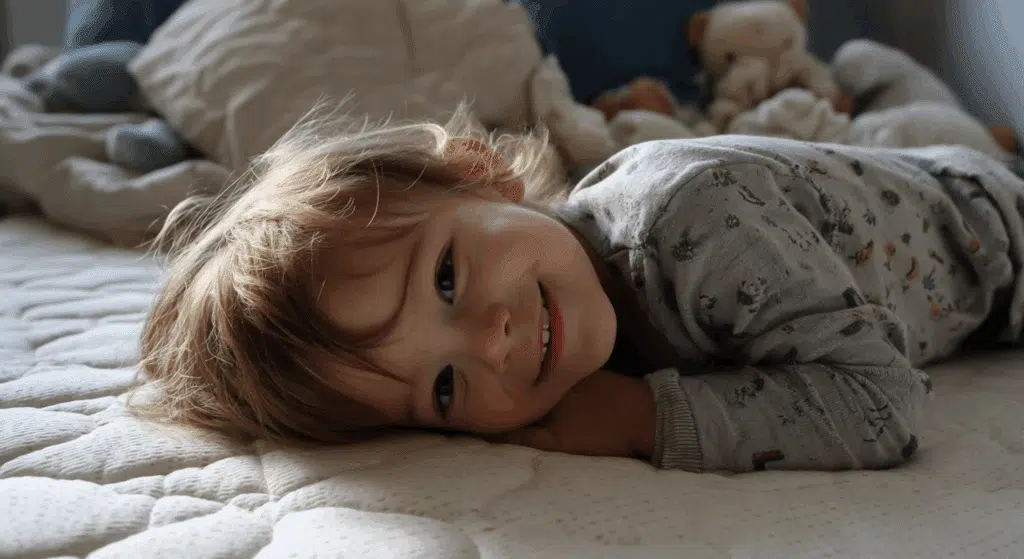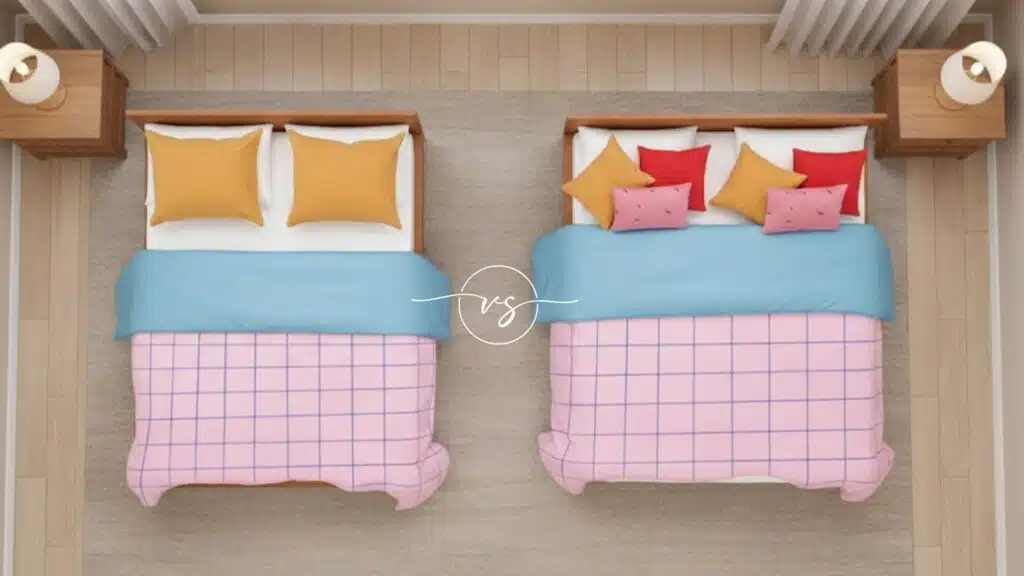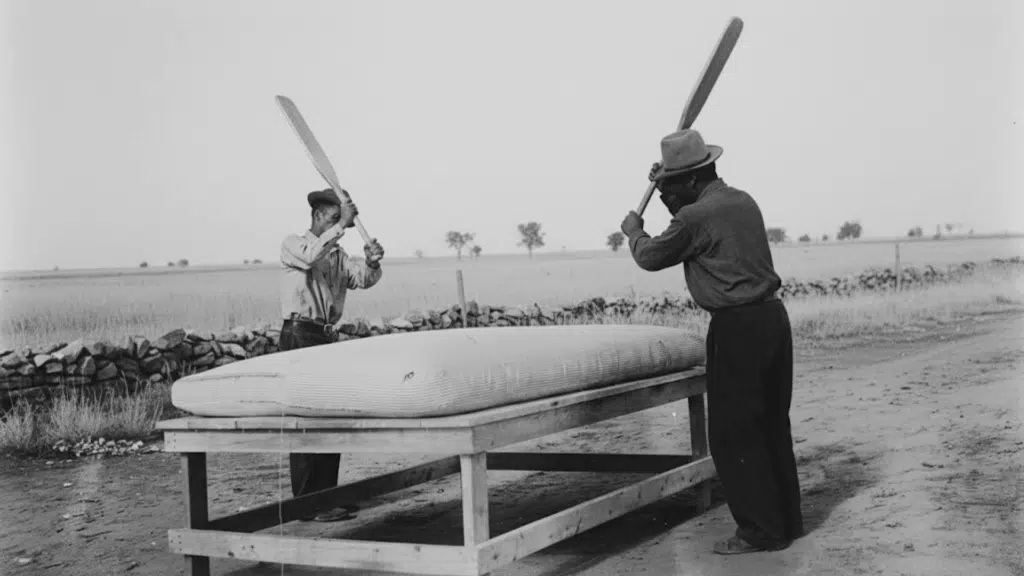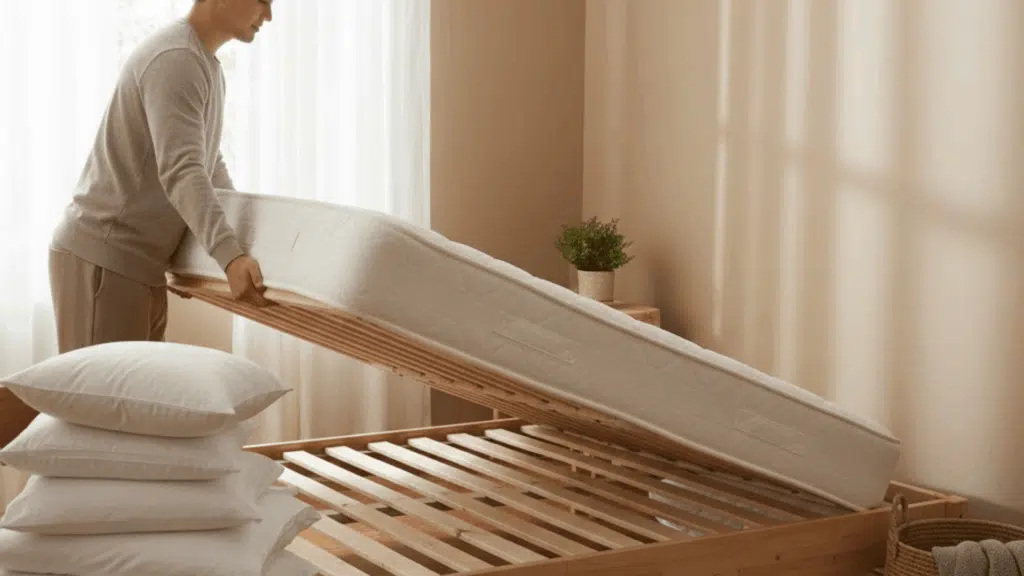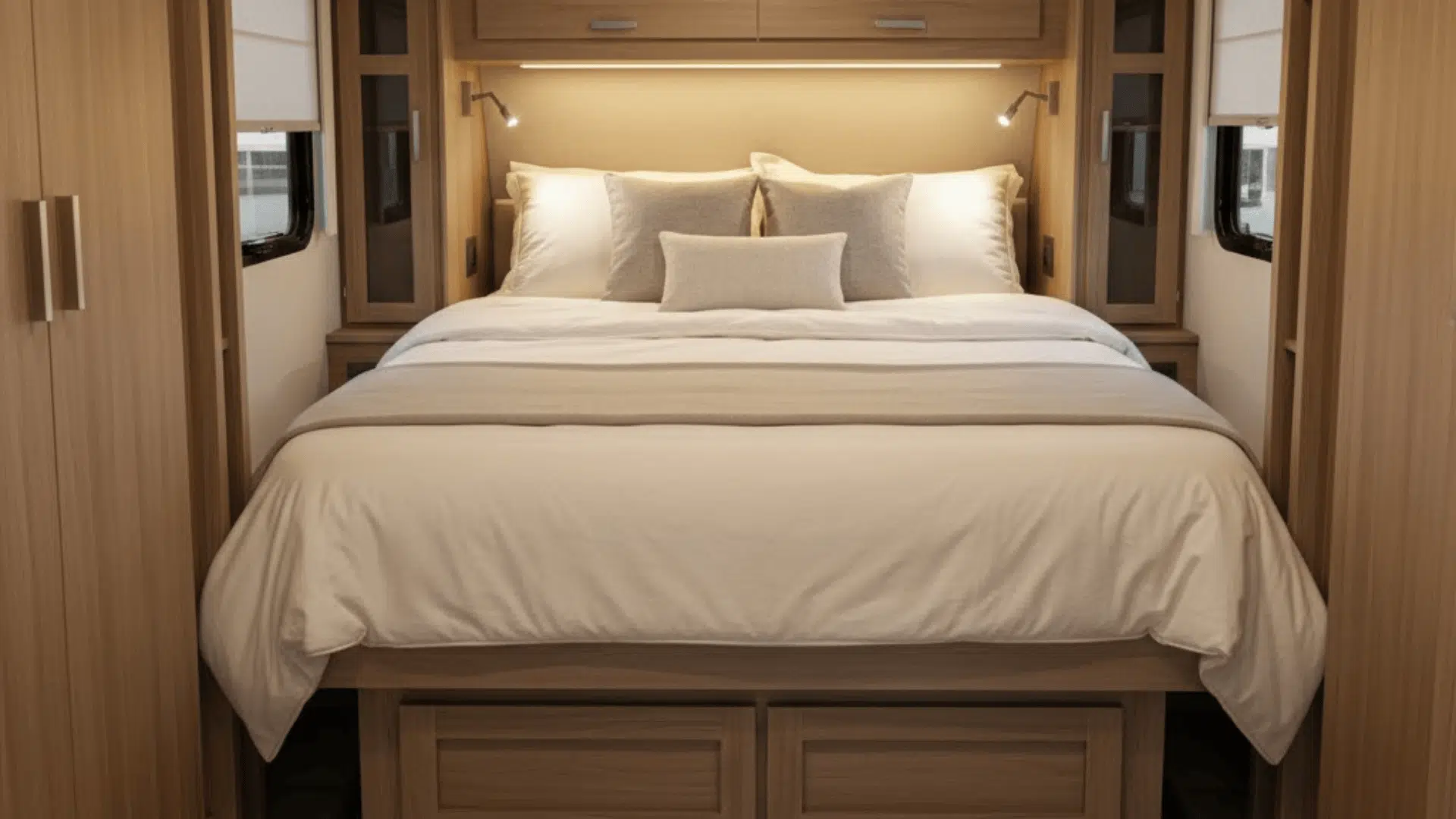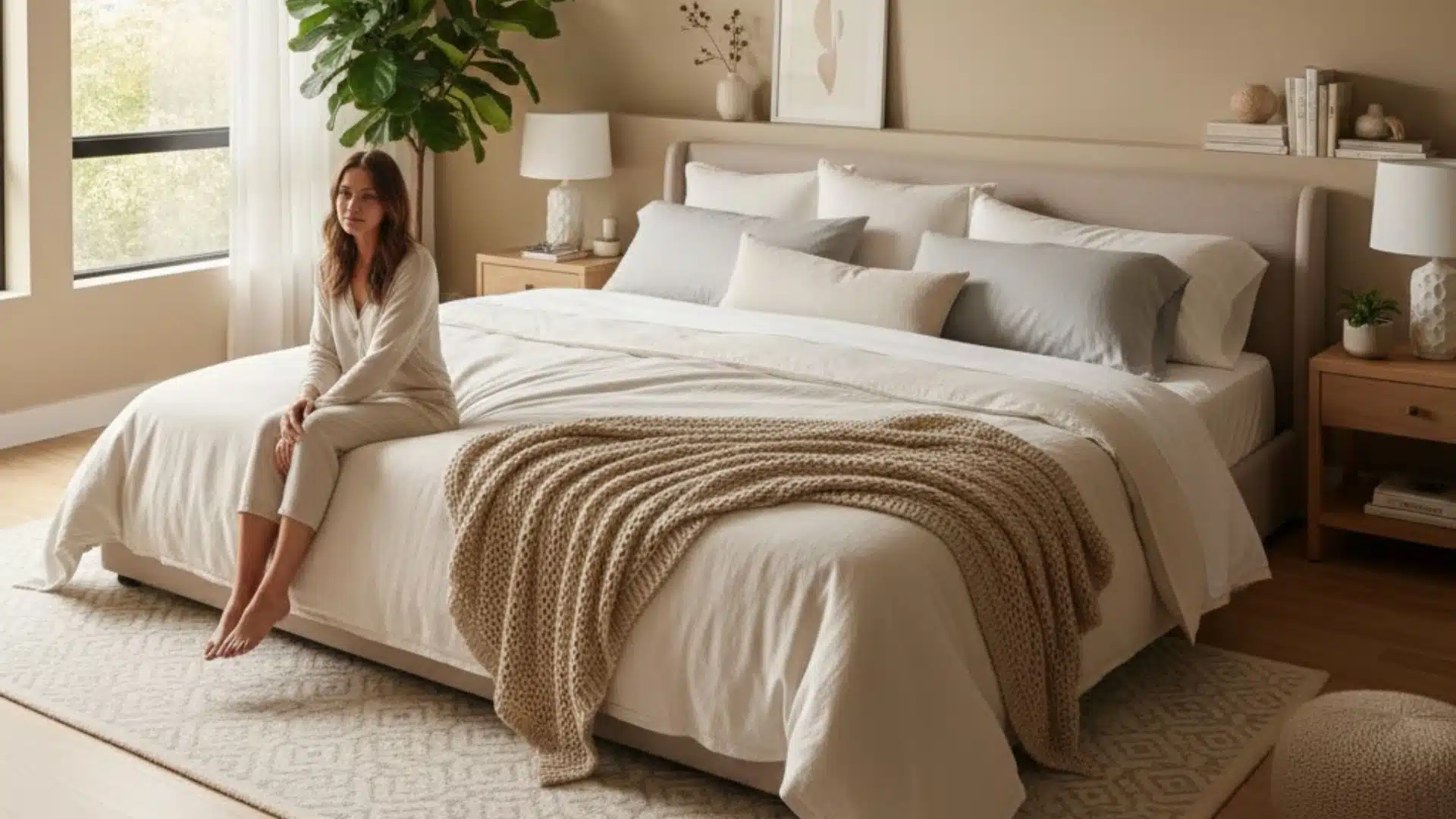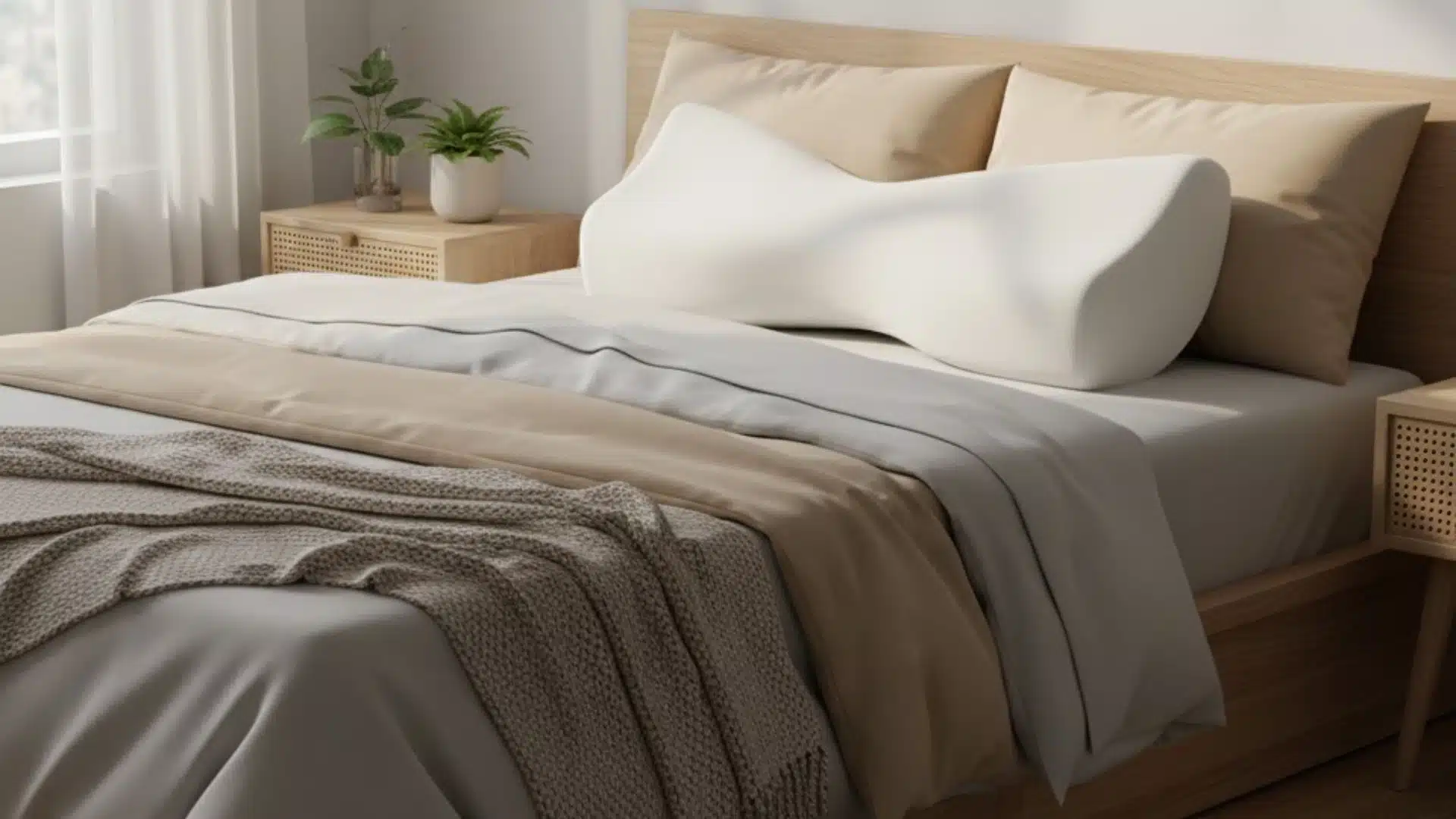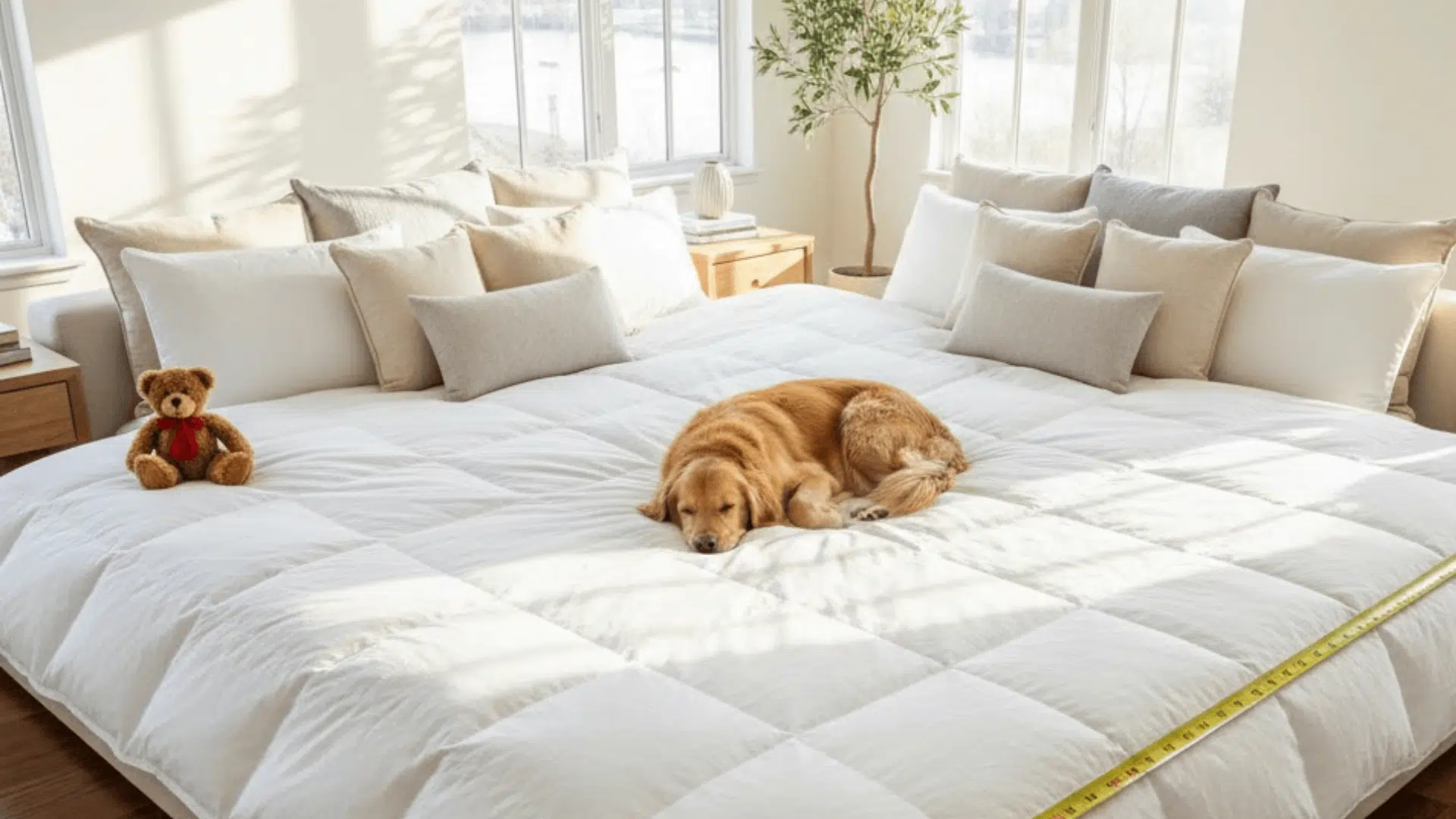I remember how confusing it felt trying to pick the right mattress for my toddler. I wanted something safe, comfortable, and the right size – but I didn’t even know what the standard toddler mattress dimensions were.
Once I learned that, everything started to make sense. It helped me choose the right frame, bedding, and made the whole process less stressful.
Now it’s your turn. In this guide, you’ll learn the exact size of a toddler mattress, how it compares to crib and twin beds, and what to look for in terms of comfort and safety.
You’ll also get tips on bedding, materials, and when it might be time for an upgrade. Let’s make your search simple and clear.
What Size is a Toddler Mattress?
A toddler mattress is 28 inches wide and 52 inches long (about 71 cm by 132 cm). These are the same measurements as a standard crib mattress. That’s why many crib mattresses are made to be used later for toddler beds too. They fit snugly into toddler bed frames, which keeps your child safe and stops them from falling off the sides.
This size works well for toddlers between 18 months to 5 years old. It’s just right—not too big or small. A mattress this size helps your child feel secure. It’s also easy to move around if needed.
When you shop for one, make sure it’s firm and flat. Soft ones can be unsafe for younger toddlers. Also, look for a mattress that’s easy to clean because accidents happen at this age.
In short, a toddler mattress is 28 by 52 inches, fits most toddler beds, and keeps your little one cozy and safe.
Toddler Mattress Size Dimensions vs. Crib and Twin Beds
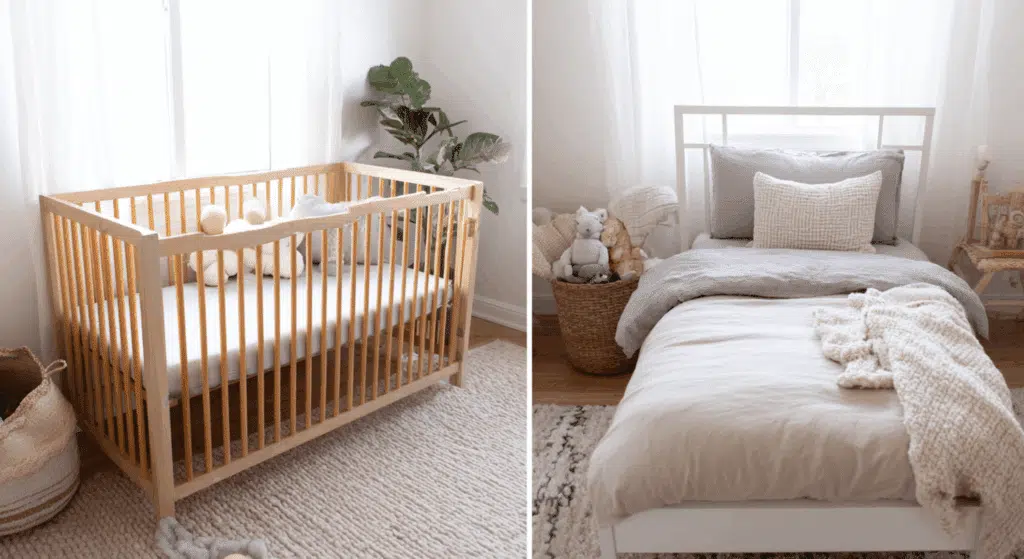
If you’re wondering how toddler beds compare to cribs and twin beds, you’re not alone. Here’s a clear look at how these sizes match up — and when it makes sense to move your child to a twin.
| Type | Width | Length | Best For |
|---|---|---|---|
| Crib | 28 in (71 cm) | 52 in (132 cm) | Babies & young toddlers (up to ~3 years) |
| Toddler | 28 in (71 cm) | 52 in (132 cm) | Toddlers (~18 months to 5 years) |
| Twin | 38 in (97 cm) | 75 in (190 cm) | Kids 4+, teens, and even adults |
Are Toddler and Crib Mattress Sizes the Same?
Yes, they are the same size.
A standard toddler mattress is 28 x 52 inches, which is exactly the same as a crib mattress. Many crib mattresses are made firm and safe for infants, and they can be reused in toddler beds when your child outgrows the crib. This saves you money and space.
Toddler beds are lower to the ground and often come with small safety rails. Since the mattress size doesn’t change, the transition feels smoother for your child.
When to Transition From Crib to Toddler Bed
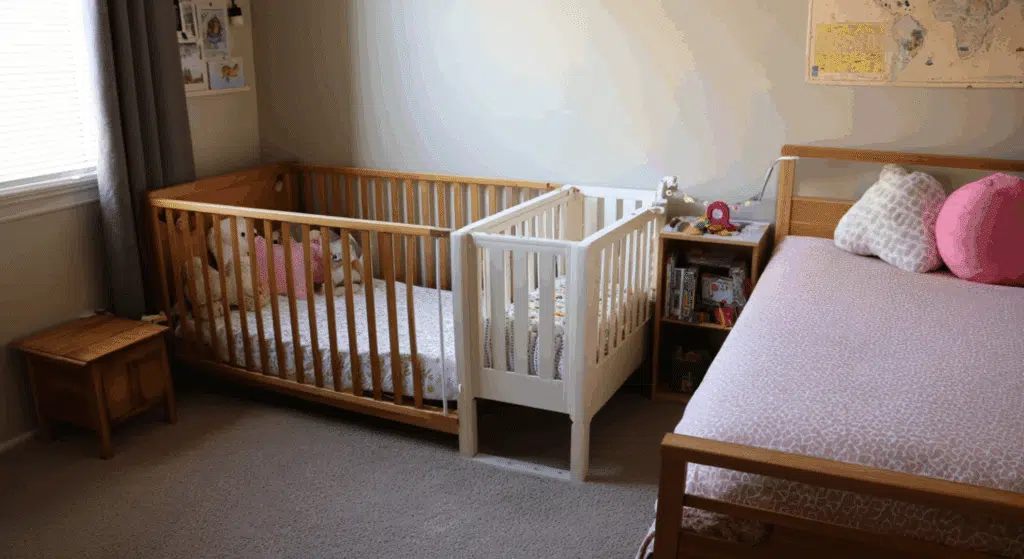
Moving your child from a crib to a toddler bed is a big step — for both of you. It’s not just about size or age. It’s also about how ready your toddler is, both physically and emotionally.
Here’s how to tell when it’s time, what to watch for, and how to make the switch safe and smooth.
Emotional and Physical Readiness
Every child is different. Some toddlers are ready to leave the crib early, while others may need more time. It’s not a race. Look for signs that show your child is ready, not just what others are doing.
Signs Your Toddler is Ready
Before moving your child to a new bed, it helps to look for clear signs that they’re actually ready. Here’s what to watch for:
- Climbing out of the crib: This is a big safety risk. If your toddler starts climbing, it’s time to switch.
- Asking for a big-kid bed: If your child shows interest in a bed like yours or a sibling’s, that’s a good sign.
- Potty training: If they’re using the potty, they’ll need easy access to get out of bed at night.
- Outgrowing the crib: If they’re getting too tall or squished in the crib, a toddler bed gives more room.
- Sleeping through the night:A steady sleep routine can make the move easier for everyone.
Average Age for the Transition
Most toddlers move from crib to toddler bed between 18 months and 3 years. Here’s a rough breakdown:
- 18–24 months: Some toddlers are ready, especially if they’re climbing or potty training early.
- 2–3 years: This is the most common age range for the switch.
- 3+ years: Some kids stay in the crib longer and still do just fine. That’s okay too.
Don’t rush it. Wait until your child shows they’re ready, not just because they hit a certain birthday.
Safety Considerations During the Transition
Safety is key when switching to a toddler bed. Here are important tips to keep your child safe:
1. Use a bed with guardrails: Toddler beds often come with rails to prevent falls. These help your child feel secure, especially early on.
2. Keep the bed low to the ground: This makes it easier for your toddler to get in and out without help — and lowers the chance of injury from falls.
3. Anchor furniture to the wall: Now that your toddler can move around freely, they might try climbing on dressers or shelves. Anchor them for safety.
4. Use a baby gate if needed: If your child tends to wander, use a baby gate at the bedroom door to keep them safe during the night.
5. Keep the room toddler-proof: Move sharp or heavy objects, cover outlets, and make sure the room is safe if your toddler wakes up and analyzes.
Toddler Mattress Thickness and Material Options
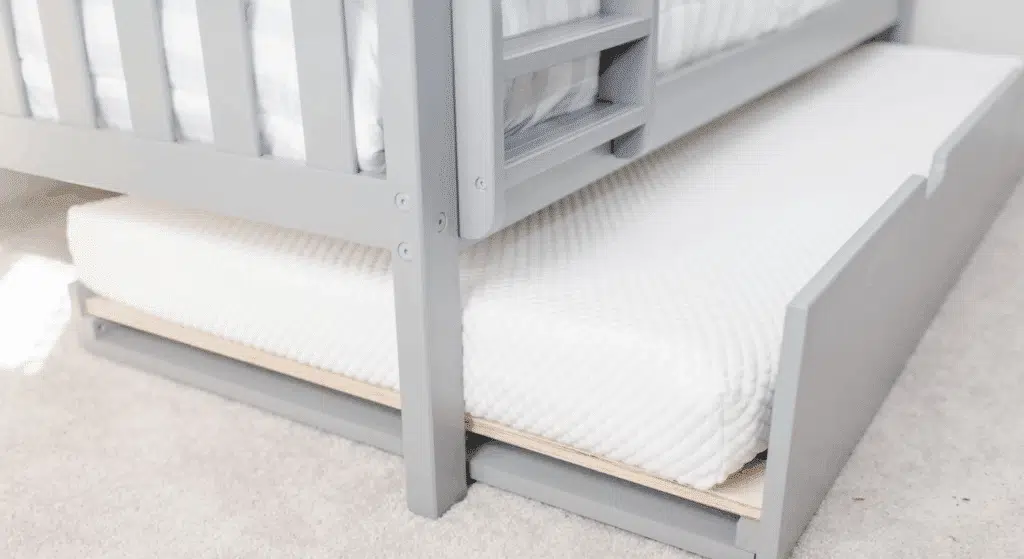
Choosing the right toddler mattress isn’t just about size; what’s inside matters too. The type, thickness, and firmness all play a big role in your child’s comfort and safety. Here are the most common options and what to consider when picking one:
Foam vs. Innerspring Mattresses
Foam toddler mattresses are lightweight, easy to move, and often cheaper. They’re made of firm foam that supports your child’s body and helps with safe sleep. These are a good pick if you want a simple, no-fuss mattress.
Innerspring mattresses have coils inside, like adult beds. They’re usually heavier and cost a bit more. But they last longer and offer strong support. Some even feel bouncier, which some kids enjoy.
Both types can be safe and comfy, just make sure they’re firm, fit snugly in the bed frame, and meet safety rules.
Dual-Sided Mattresses
Dual-sided mattresses have two different surfaces. One side is extra firm for infants. The other side is softer for toddlers. This gives you more use out of one mattress.
When your child is a baby, they need a firm surface for safety. As they grow, they might sleep better on the softer side. You simply flip the mattress when it’s time.
This kind of mattress saves money and lasts longer. Just make sure it’s clearly labeled so you know which side is which. It’s a smart pick for growing kids.
Thickness Guidelines for Comfort and Safety
Toddler mattresses are usually 4 to 6 inches thick. This is enough for comfort and support, without being too high. A mattress that’s too thick might not fit well in toddler bed frames or work with safety rails.
Stick to firm mattresses. Soft or deep ones can raise safety issues, especially for younger toddlers. A 5-inch thick mattress with a firm feel is a safe and comfy choice for most kids.
Also, make sure the mattress fits snugly in the frame, no gaps on the sides. That helps prevent your toddler from getting stuck.
Choosing the Right Toddler Mattress for Safety and Comfort
When picking a toddler mattress, safety and comfort should come first. Look for trusted certifications like GREENGUARD Gold, which means the mattress has low chemical emissions, and CertiPUR-US, which ensures the foam is free from harmful stuff like lead or mercury.
Materials matter too. A breathable mattress helps with airflow and keeps your child cool. Waterproof covers are great for potty training and easy cleaning. If you want fewer chemicals, choose an organic option made from natural cotton or wool.
The mattress should be firm, not soft. Toddlers need support while sleeping, and a firm surface helps prevent sagging. Also, check for edge support, strong sides keep your toddler from rolling off and help them sit or climb in and out safely.
A well-made mattress with these features can help your child sleep better and stay safe through their toddler years.
Bedding and Sheet Fit for Toddler Mattresses
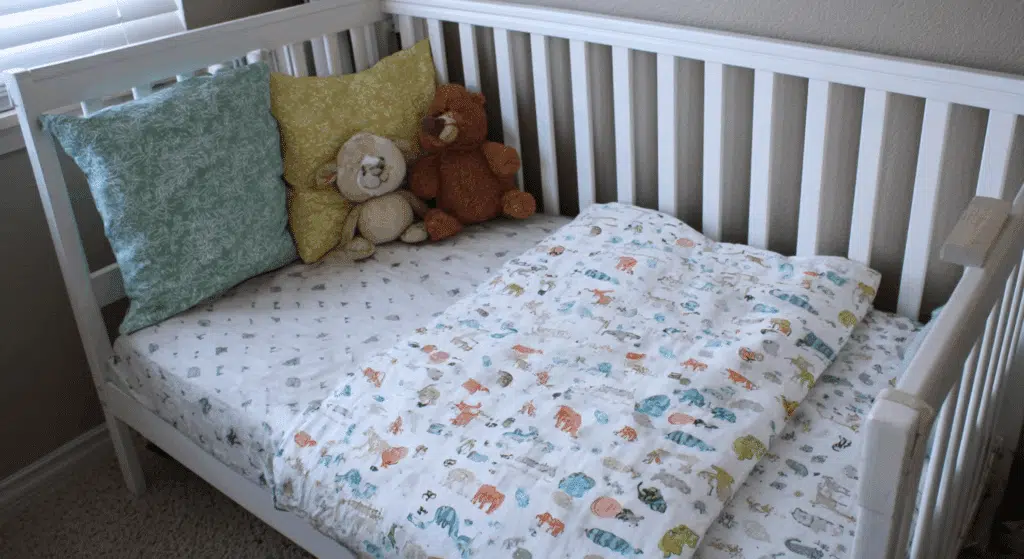
Once you’ve got the right mattress, the next step is picking bedding that fits well and keeps your toddler safe. Sheets and protectors made for cribs usually work for toddler beds too, but it’s important to check the details.
Toddler mattresses use the same size fitted sheets as cribs. That means you’ll need sheets that fit a 28 x 52-inch mattress. Look for ones labeled “crib” or “toddler they’re usually the same.
Make sure the sheet has tight elastic edges so it stays in place all night. Loose sheets can bunch up, which is uncomfortable and unsafe.
Best Places to Buy Toddler Mattresses and Bedding
You can find quality toddler mattresses and bedding both online and in stores. Popular choices include Amazon, Target, Walmart, and BuyBuy Baby. These sites offer a good mix of affordable, trusted brands with plenty of reviews to guide your pick.
In-store shopping at Target or Walmart works well if you want to feel the mattress before buying.
Shopping at specialty baby stores can be helpful if you want expert advice or are looking for organic options. If online or in person, always look for clear return policies and check reviews from other parents before you buy.
Safe Bedding Tips
Once you’ve picked the right mattress and sheets, it’s important to make sure everything is safe for sleep. Keep these tips in mind:
- Avoid loose blankets, pillows, or stuffed toys as they can raise the risk of suffocation.
- Use a fitted sheet only for younger toddlers.
- For warmth, try a wearable blanket or sleep sack instead of a loose one.
- If you use a blanket, make sure it’s thin and tucked in tightly at the bottom of the bed.
Safe bedding helps your child sleep better and stay secure all night long.
Conclusion
Understanding toddler mattress dimensions helped clear up what felt like a confusing topic at first. Once I learned the standard size and key features to look for, everything started to make more sense, from bed frames to fitted sheets and mattress types.
Now you have that same clarity. You can focus on what matters most: a mattress that fits well, feels firm, and supports safe sleep. Knowing the right size makes shopping easier and less stressful.
If this breakdown helped you feel more confident, don’t stop here; check out other blogs on the website for more simple, useful tips on toddler sleep and smart home choices!


